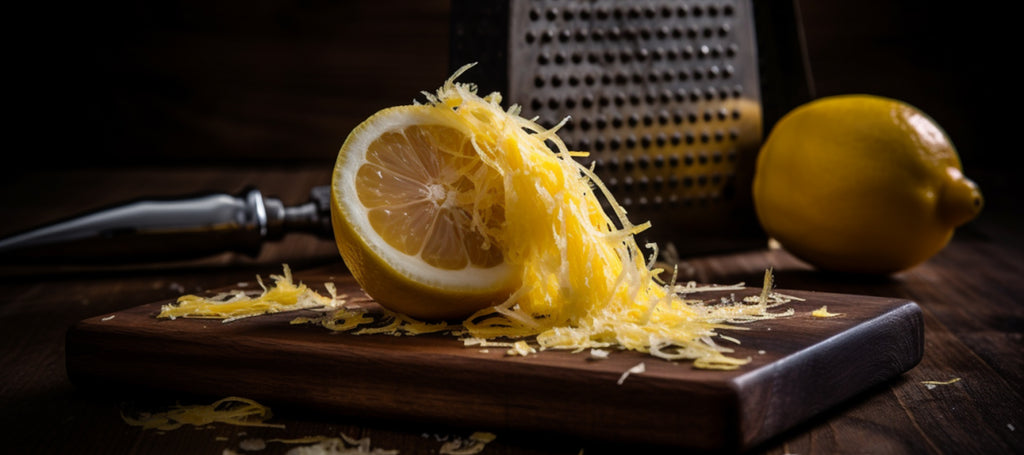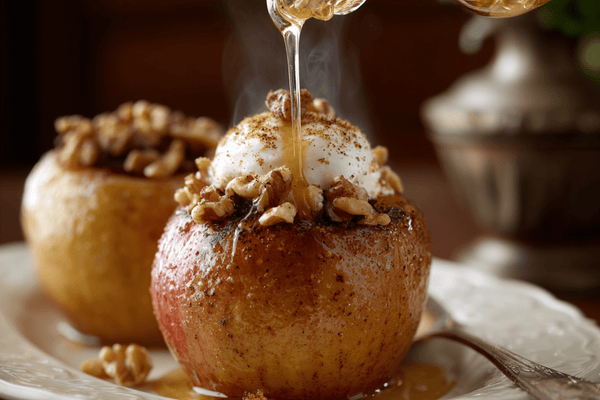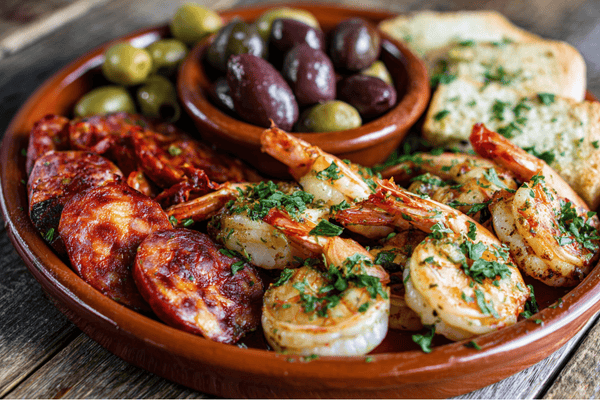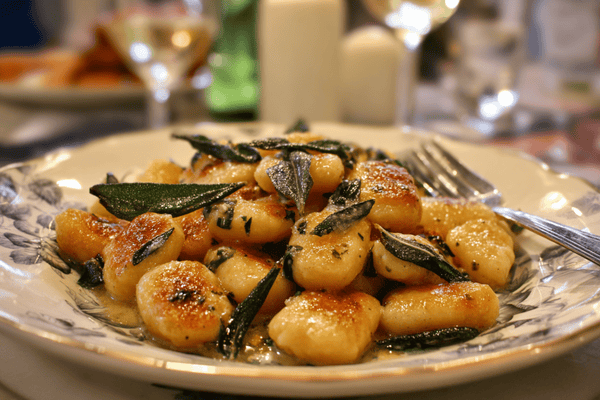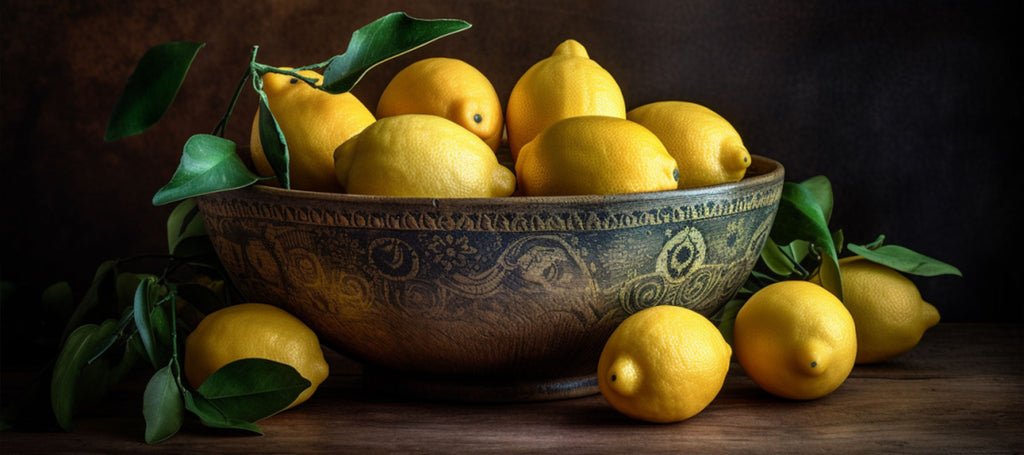
Lemon zest is a delightful ingredient that adds a burst of tangy, citrusy flavor to a wide range of dishes. Whether you're a seasoned chef or a novice in the kitchen, mastering the technique of zesting lemons is an essential skill that will enhance your culinary repertoire. In this article, we will walk you through the process of zesting a lemon and provide useful tips and ideas to make the most of this zesty ingredient.
Table of content
The Art of Zesting: Step-by-Step Guide
Step 1: Gather the Necessary Tools
Before you embark on your zesting journey, ensure you have the following tools handy:
- A fresh, ripe lemon: Choose a lemon that feels firm and has a vibrant yellow color. Organic lemons are recommended to avoid any pesticide residues.
- A zester or a fine grater: Opt for a zester with small, sharp holes or a fine grater with small, closely spaced teeth. These tools are specifically designed to extract the delicate zest without grating the bitter pith underneath.
Step 2: Prepare the Lemon
To prepare the lemon for zesting:
- Rinse the lemon: Give it a gentle rinse under cold water to remove any dirt or wax.
- Pat dry: Using a clean kitchen towel, pat the lemon dry to ensure a good grip while zesting.
Step 3: Zesting the Lemon
Now, let's dive into the heart of the matter – zesting the lemon:
- Hold the lemon firmly in one hand.
- Take the zester or fine grater in your other hand.
- Position the zester at a slight angle against the lemon's surface.
- Apply gentle pressure and draw the zester across the lemon in one smooth motion.
- Rotate the lemon as you go, ensuring you zest only the outer, colorful layer.
- Continue zesting until you have collected the desired amount of zest.
Step 4: Storing Lemon Zest
To store your freshly grated lemon zest:
- Place the zest in an airtight container or a small ziplock bag.
- Store it in the refrigerator for up to a week.
- For longer-term storage, consider freezing the zest in a sealed container or freezer bag for up to six months.
Creative Ways to Use Lemon Zest in Your Recipes
Now that you've mastered the art of zesting a lemon, let's explore some creative ways to incorporate this vibrant ingredient into your dishes:
Citrusy Desserts
- Lemon Zest Cheesecake: Add lemon zest to the cheesecake batter for a tangy twist.
- Lemon Poppy Seed Muffins: Infuse your muffins with lemon zest for a delightful citrus aroma.
- Lemon Sorbet: Enhance the freshness of your homemade sorbet with a sprinkle of lemon zest on top.
Savory Delights
- Zesty Pasta: Toss lemon zest into your favorite pasta dishes for a bright and refreshing flavor.
- Lemon Herb Roasted Chicken: Rub lemon zest, herbs, and garlic under the chicken skin for a burst of flavor.
- Citrus-infused Marinades: Add lemon zest to marinades for fish, poultry, or grilled vegetables.
Flavored Beverages
- Lemon-infused Water: Add a few strips of lemon zest to your water pitcher for a refreshing twist.
- Citrus Cocktails: Rim your glasses with lemon zest for a decorative and flavorful touch.
- Lemon-infused Tea: Stir lemon zest into your tea for a fragrant and invigorating brew.
Recipe ideas using Lemon Zest
Lemon Herb Roasted Chicken:
Ingredients:
- 1 whole chicken (about 4-5 pounds)
- 2 lemons
- 4 cloves garlic, minced
- 2 tablespoons fresh rosemary, chopped
- 2 tablespoons fresh thyme, chopped
- 2 tablespoons olive oil
- Salt and pepper to taste
Instructions:
- Preheat your oven to 425°F (220°C). Line a baking dish with foil or parchment paper.
- Rinse the chicken inside and out, then pat it dry with paper towels.
- Zest both lemons and set the zest aside. Cut one lemon in half and slice the other lemon into thin rounds.
- In a small bowl, combine the lemon zest, minced garlic, rosemary, thyme, olive oil, salt, and pepper.
- Rub the lemon herb mixture all over the chicken, including under the skin.
- Place the lemon slices inside the chicken cavity, then tie the legs together with kitchen twine.
- Transfer the chicken to the prepared baking dish and roast for about 1 hour and 15 minutes, or until the internal temperature reaches 165°F (74°C).
- Remove the chicken from the oven and let it rest for 10 minutes before carving.
Lemon Poppy Seed Muffins:

Ingredients:
- 2 cups all-purpose flour
- 1/2 cup granulated sugar
- 2 tablespoons poppy seeds
- 1 tablespoon baking powder
- 1/2 teaspoon salt
- 1 cup milk
- 1/2 cup unsalted butter, melted
- 2 large eggs
- Zest of 1 lemon
- 1 teaspoon vanilla extract
Instructions:
- Preheat your oven to 375°F (190°C). Line a muffin tin with paper liners.
- In a large bowl, combine the flour, sugar, poppy seeds, baking powder, and salt.
- In a separate bowl, whisk together the milk, melted butter, eggs, lemon zest, and vanilla extract.
- Pour the wet ingredients into the dry ingredients and stir until just combined. Be careful not to overmix.
- Divide the batter evenly among the muffin cups, filling each about two-thirds full.
- Bake for 18-20 minutes or until a toothpick inserted into the center of a muffin comes out clean.
- Allow the muffins to cool for a few minutes in the tin, then transfer them to a wire rack to cool completely.
Lemon Zest Cheesecake:
Ingredients:
- 2 cups graham cracker crumbs
- 1/2 cup unsalted butter, melted
- 24 ounces cream cheese, softened
- 1 cup granulated sugar
- 4 large eggs
- Zest of 2 lemons
- 2 teaspoons vanilla extract
Instructions:
- Preheat your oven to 325°F (165°C). Grease a 9-inch springform pan.
- In a bowl, combine the graham cracker crumbs and melted butter. Press the mixture into the bottom of the prepared pan to form the crust.
- In a large mixing bowl, beat the cream cheese and sugar until smooth and creamy.
- Add the eggs, one at a time, beating well after each addition. Stir in the lemon zest and vanilla extract.
- Pour the cream cheese mixture over the crust in the pan.
- Bake for about 50-55 minutes, or until the center is set and the edges are slightly golden.
- Remove the cheesecake from the oven and let it cool in the pan for 10 minutes. Then, carefully run a knife around the edges to loosen it from the pan.
- Allow the cheesecake to cool completely, then refrigerate for several hours or overnight before serving.
Lemon Basil Mojito:
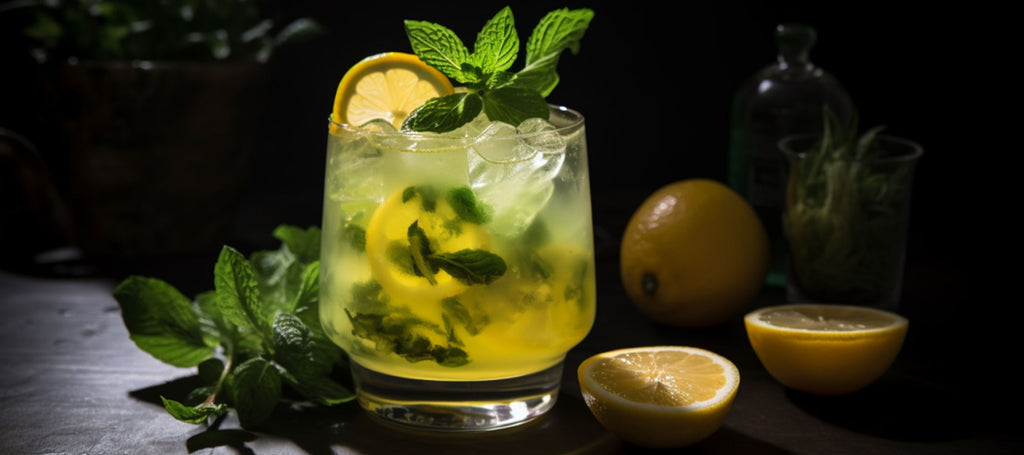
Ingredients:
- 6-8 fresh basil leaves
- Zest of 1 lemon
- 2 teaspoons granulated sugar
- 2 ounces white rum
- 1 ounce freshly squeezed lemon juice
- Soda water
- Ice cubes
- Lemon slices and additional basil leaves for garnish
Instructions:
- In a cocktail shaker, muddle the basil leaves, lemon zest, and sugar together until the basil releases its aroma.
- Add the white rum, freshly squeezed lemon juice, and a handful of ice cubes to the shaker.
- Shake vigorously for about 15 seconds to combine the ingredients and chill the mixture.
- Fill a highball glass with ice cubes and strain the cocktail into the glass.
- Top the glass with soda water to your desired level.
- Garnish with a lemon slice and a sprig of fresh basil.
- Give the cocktail a gentle stir to incorporate the flavors.
- Sip and enjoy the zesty and herbaceous flavors of the Lemon Basil Mojito!
Feel free to adjust the sweetness and tartness to your liking by adding more sugar or lemon juice. Cheers to a refreshing and citrusy cocktail!
Enjoy these tantalizing recipes that showcase the bright and zesty flavors of lemon zest!
FAQ
Q: Why is lemon zest preferred over lemon juice in certain recipes?
A: Lemon zest contains essential oils that carry intense citrus flavors. It provides a concentrated burst of lemon essence without adding excess liquid, which can alter the texture or consistency of certain dishes.
Q: Can I zest other citrus fruits besides lemons?
A: Absolutely! Zesting is not limited to lemons alone. You can zest other citrus fruits such as oranges, limes, or grapefruits to add their distinct flavors to your recipes.
Q: Are there any alternatives to a zester or fine grater?
A: If you don't have a zester or fine grater, you can use a vegetable peeler to remove thin strips of the zest. Ensure you scrape off any pith from the strips afterward and finely chop them.
Q: What can I do with leftover lemon halves after zesting?
A: Don't let them go to waste! Squeeze the juice from the zested lemon halves and use it in dressings, marinades, or as a tangy addition to your favorite dishes.
Q: How can I tell if the lemon is suitable for zesting?
A: Look for lemons that have bright yellow, smooth skin. They should feel firm and heavy for their size. Avoid lemons with wrinkled or discolored skin, as they might be past their prime.
Conclusion
Congratulations! You've successfully learned how to zest a lemon and unlock its zesty goodness. From sweet desserts to savory delights, lemon zest adds a delightful burst of citrus flavor to your culinary creations. Experiment with different recipes and enjoy the tangy freshness that lemon zest brings to the table. So, grab a lemon, a zester, and let your creativity soar!
